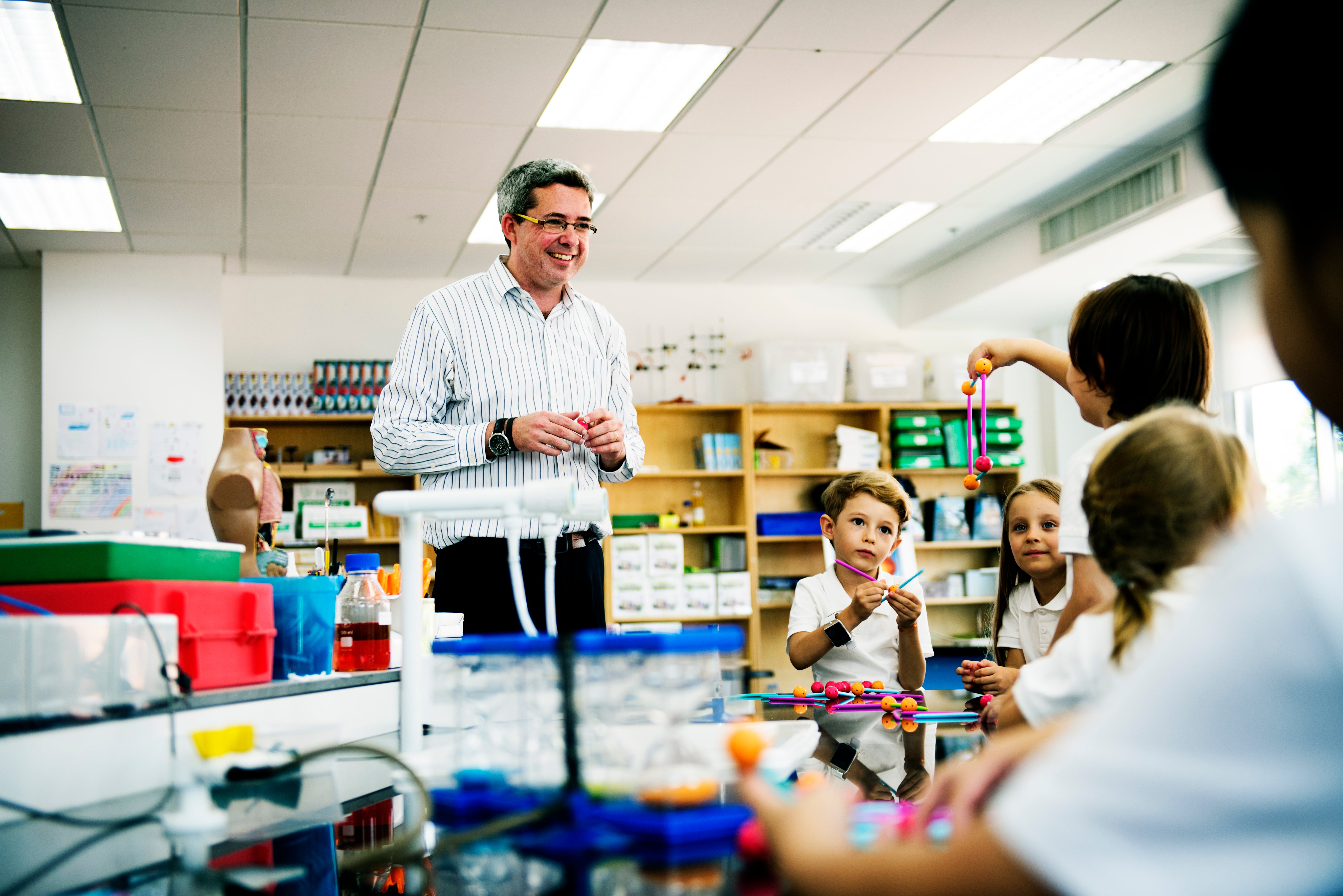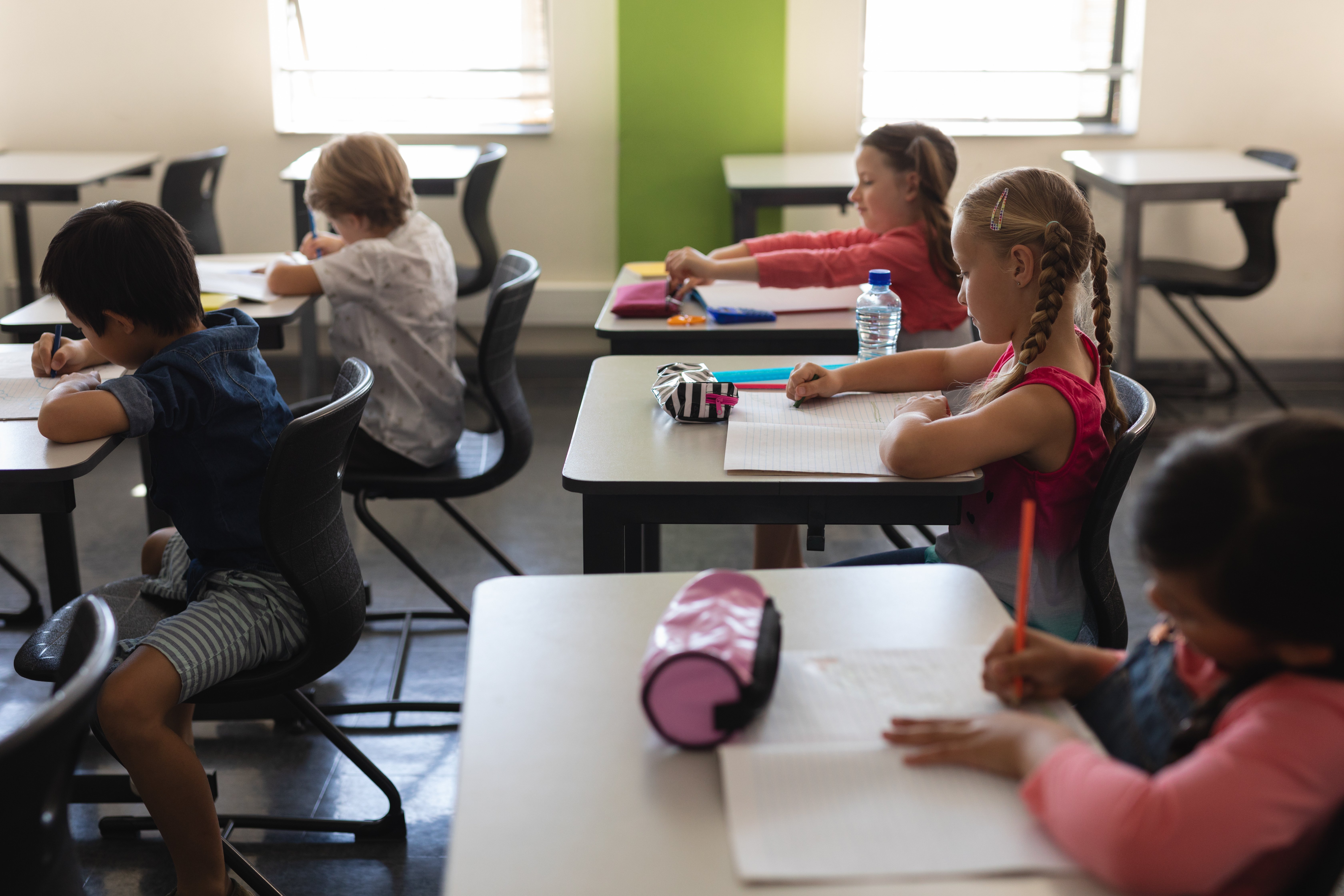As we embark on the new school year, it is time to start thinking about how we make our schools safer. Every year is an opportunity to start new, improve, and share our collective experiences with everyone. As many may know, many more do not; I was honored to be one of the founding members of the National Council of School Safety Directors (NCSSD). The NCSSD was formed last April to bring together like-minded individuals with a vast amount of knowledge and experience to help schools become safer by providing resources, access to leaders in the field, and a community where we can ask questions, share stories, and bounce ideas off each other. The NCSSD is part of the non-profit organization ZeroNow. Their mission is to eliminate victimization in our schools. As part of that effort, ZeroNow has developed the “Pathway to Safer Schools.” The first several blogs and podcasts (Coffee with Kelly: a discussion on school safety) will focus on the Pathway to Safer Schools.
The Pathway to Safer Schools (The Pathway) was designed to serve as a compass, guiding schools on their journey to safety and eradicating victimization. It's a tool that empowers each of us to take responsibility for our school's safety. The Pathway is broken down into seven steps, which, if followed, should provide you with the basis for a strong and sustainable school safety program. Should you need help along the way, please contact me and consider a membership in the NCSSD. (NCSSD.org). If we are sticking with the metaphor of the map and compass, the NCSSD is your GPS. The 7 steps in the Pathway are:
- Start with the Safety Team
Designate a leader with relevant experience to guide the implementation and management of all school safety programs.
- Assess Your Vulnerabilities
Identify gaps and vulnerabilities in your safety infrastructure, policies, people, and systems so you can set your priorities.
- Funding Your Programs
Explore various funding sources to establish, enhance, and sustain safety improvements in your schools.
- Prevent Harm
Create a positive culture and climate while building strong relationships between staff and the entire student body.
- Be Prepared
A well-trained staff and student body are key to sustainable safety efforts. Prepare policies and know how to act confidently in any situation.
- Respond to Threats with Confidence
Limit the scope of harm. When prevention fails, it is critical to identify a threat and respond as early as possible.
- Recover, Reunify, and Resolve
The conclusion of an incident results in the reunification of families in a safe and strategic location. Provide support for the emotional recovery of those impacted.
We will unpack these steps in more detail as we move through our school year and safety journey. Join us as we bring in leaders in the field to discuss solutions, identify challenges and obstacles, and answer your questions. Also, join us for our new series of thought-provoking questions and short tabletop exercise scenarios: What if Wednesdays and Ten Minute Tabletops. Please subscribe, like, and share with your teams.






.png)





No Comments Yet
Let us know what you think